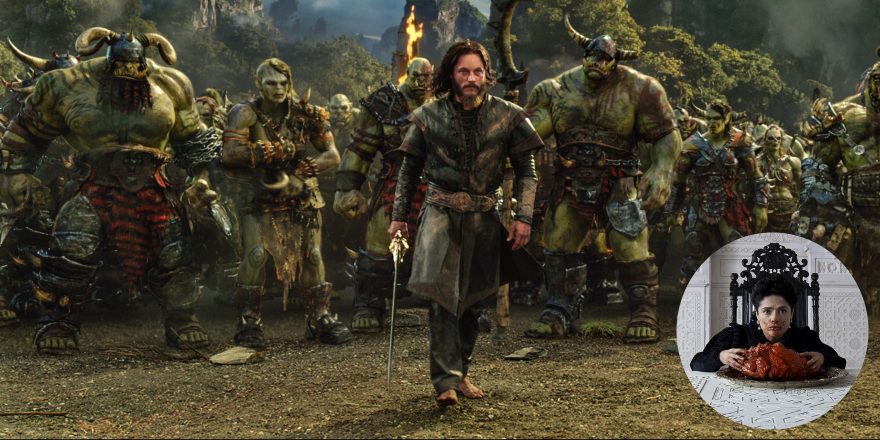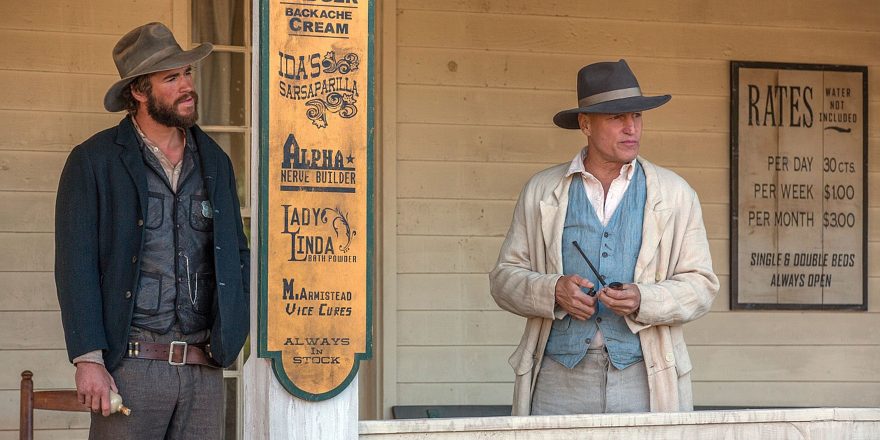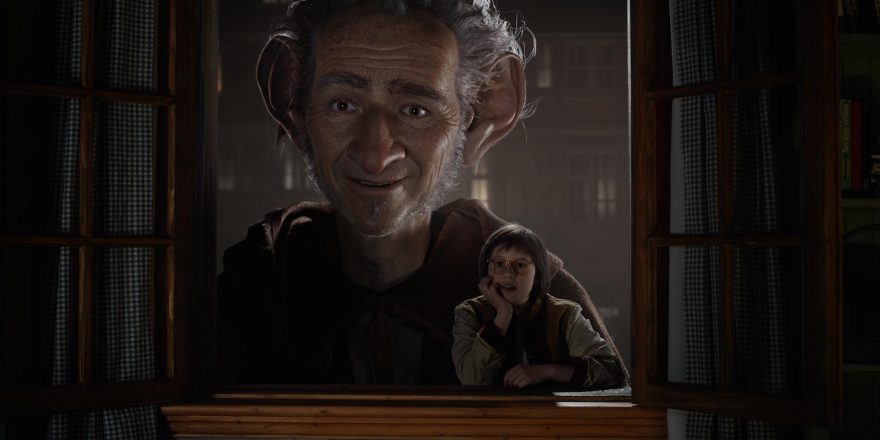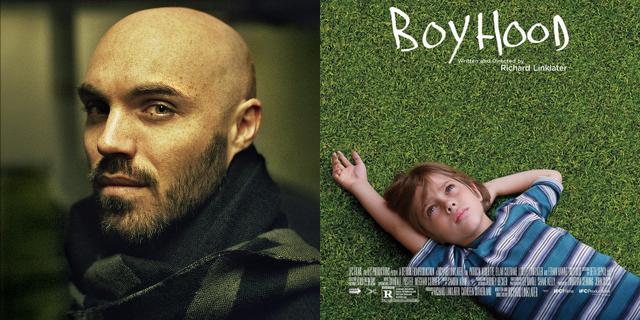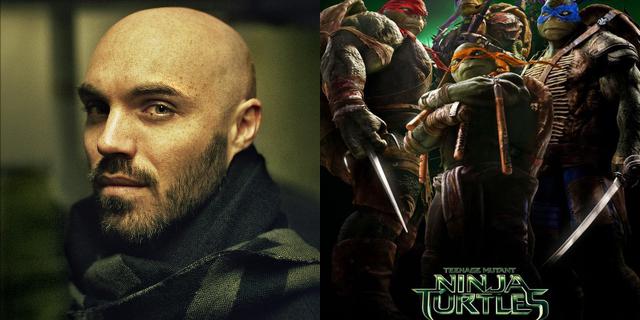I feel these days that nine out of every 10 movies falls by sheer force of quantity into the category of overlooked. Overlooked will soon cease to be a bittersweet stigma; it will simply be a thing movies are. Accepting this inevitability has been the only way for me to reconcile the sheer number of movies I want to see with the quantity that I actually manage to sit down and watch (to say nothing of the ones I want to make, which will inevitably make their way onto some other cinephile’s meant-to-but-didn’t-get-around-to-it list). I compulsively watch at least one movie per day and still feel like I’m part of the problem.
One movie I just caught up with was Matteo Garrone’s Tale of Tales, which premiered at Cannes in 2015 and then must have played in cinemas somewhere before finding its way into my DVD player last week. The movie made just over $100,000 in theaters in the U.S., or about one 150th of its budget, which I guess is the answer to the question I was about to ask: how are more people not talking about this movie? Perhaps a literal retelling of ancient Italian fairy tales, without a modern twist or a knowing semblance of cultural parallelism, is just too straightforwardly anachronistic for modern audiences, but still – this film is marvelously entertaining and beautiful to behold. Garrone’s screenplay is adapted from a collection of tales by 17th-century fablist Giambattista Basile, a sentence which all by itself makes the movie sound like more homework than it actually is. It was on several of Basile’s fables that the Brothers Grimm made their name, and the ones presented here have a comforting familiarity to them, even though they don’t revolve around characters named Rapunzel or Cinderella. They have been brought to life not on soundstages or sets but on glorious locations, in actual Italian castles and enchanted woods, and populated with famous actors in exquisite medieval garb uttering grand romantic proclamations. There are giant animatronic beasts and ogres and flayings and all manner of comeuppance, and it’s all presented with a narrative modesty that belies the opulence on screen. It’s wonderful. Stories like these endure because they’re imminently tellable, and Garrone has told the heck out of them.
But! This was not actually the overlooked film I intended to write about here. As good and entertaining and technically mainstream as Tale of Tales is, it’s still a foreign film (albeit in English), released by a niche distributor. That it has been overlooked is not a huge surprise. A far more interesting flavor of overlooked-ness can be found in those films that are ignored because of their perceived wretchedness, and it is on just those grounds that I decided to shine some light on Duncan Jones’ Warcraft. This would-be summer blockbuster was ignored by domestic audiences and thoroughly trounced by critics. I have absolutely zero interest or investment in the video game upon which this movie is based, and I likewise have an aversion to movies slathered in CGI (I realize the potential hypocrisy of this statement), but I wanted to see this movie because I like Duncan Jones. I’ve enjoyed the movies he’s made, and was willing to believe that his perspective could make palatable and engaging a universe I otherwise would have had no interest in visiting.
Which he did. Jones has admitted that the movie suffered from tension with the studio, but look past the presumable battle scars and there’s simply too much ambition and conviction here to ignore. I feel ridiculous saying that the drama with the orcs was so good and and grounded complex that I forgot I was watching a bunch of CGI, but why must I? Because it’s all based on a video game? Let me cast aside my biases: this orc business was legitimately compelling material. The motion-capture performances are strong. The visual effects are impressive, but not so much as the fact that I don’t remember them as visual effects at all. There’s a scene where an orc-mother attempts to escape a purge upon her village, and the work by actress Anna Galvin and the animators who’ve built upon her performance in this sequence results in something far more palpably human than any of the actual human drama in the film. Compare this character to the half-orc played by Paula Patton, whose appearance is impossible to defend, especially in light of the other things the movie gets correct; her fangs and green skin feel far more artificial than the entirely artificial characters generated by ILM. You look at her and kinda laugh, whereas you look at Galvin’s character and feel profound and immediate empathy.
I will admit that I lost track of the plot machinations from time to time. Likewise, the human characters in general sort of blur together, with the exception of Ben Foster as a sexy wizard and Travis Fimmel as a knight, both of whom possess the requisite amount of scraggliness to stand out amongst their ogreish costars, and have story arcs commensurate to what’s going on in CGI-land. There is one particular powerful moment with Fimmel’s character in which he watches, powerless, as a loved one perishes. It’s the part of the movie where one might be forgiven for expecting the camera to crane upward as our hero sinks to his knees, arms spread wide, and shouts, “Nooooooooooooooooooooo” to high heavens, but what happens instead is so surprising, so subtle and so true that it nearly brought a tear to my eye. It’s a great bit of writing and direction and, in spite of the drudging Jones endured from critics and audiences over the course of the past summer, I hope he’s held on tight to this scene and stayed proud of it.
I have a feeling Roger Ebert, the founder of the Overlooked Film Festival and infamous hater of video games, would have admired this movie. He always had a fondness for films in which entire worlds were created, particularly if they were full of bright color and imagination. He didn’t care if they were CGI or not. In fact, more often than not, he would admire films for pushing digital effects to their limits. Astonishing was the word he most often used for these movies, and it’s one I like to think he would have applied to Warcraft. I’d agree. For a major motion picture movie this expensive, it is also shockingly niche and profoundly uncool, and for those and all the reasons listed above, it’s worth talking about – and, dare I say it, worth watching. Rent Tales of Tales too and have yourself a little sword and sorcery marathon.



